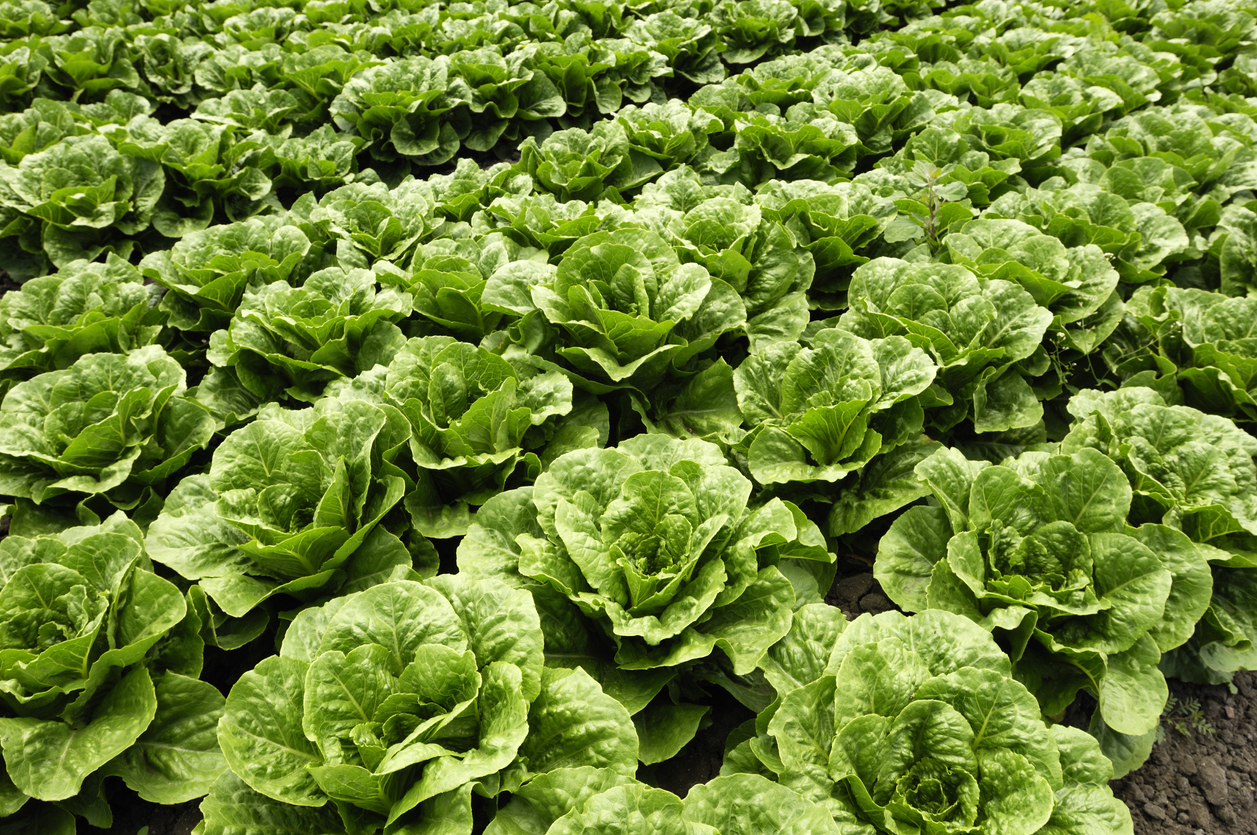F.D.A. inspectors normally examine operations at about 160 domestic manufacturing and food processing plants each week. Nearly one-third of them are considered to be at high risk of causing food-borne illnesses. Food-borne diseases in the United States send about 128,000 people to the hospital each year, and kill 3,000, according to the Centers for Disease Control and Prevention.
Domestic meat and poultry are still being inspected by staff at the Agriculture Department, but they are going without pay. The F.D.A. oversees about 80 percent of the nation’s food supply, as well as most overseas imports.
In a series of tweets, Dr. Gottlieb said he was taking steps to restore food safety surveillance inspections and to cover more of the high-risk sites as the shutdown continued. He said he hoped to bring back about 150 inspectors who had been furloughed during the shutdown, perhaps as early as next week.
Dr. Gottlieb said he was still trying to figure out how that could be achieved. “These are people who are now furloughed and can collect unemployment insurance or take a second job,” he said. “If we pull them in and tell them they have to work, they can’t collect. I have to make sure I’m not imposing an undue hardship.”
Food safety advocates said they were worried that outbreaks would not be prevented without inspections, or would not be caught at the earliest warning signs.
“These are inspections where they catch issues before people get sick,” said Sarah Sorscher, deputy director of regulatory affairs at the Center for Science in the Public Interest, an advocacy group. “The announcement that they are going to try to start up high-risk inspections is a positive step. But, we’ve had outbreaks from foods that are not high risk — from flour, from packaged foods. So I think that the fact that two-thirds of establishments are not going to be inspected is still a problem.”
The F.D.A. inspects food companies for bugs, rodents, mishandled food, improper preparation and other hazards.
Dr. Gottlieb said that inspections of overseas products have continued, despite the furloughs. He also said that the agency has maintained surveillance of some domestic producers who have had a history of problems or pose risks for other reasons.
Soon after the shutdown began, the F.D.A. gave inspectors access to a central expense account so they could continue traveling while avoiding large personal credit card bills without knowing when the government would reimburse them.
The agency, part of the Department of Health and Human Services, is not dependent on federal funding for all of its activities. It receives much of its support from user fees imposed on the pharmaceutical, medical device, generic drug and other industries it regulates.
Although about 41 percent of the staff is now furloughed because the agency had not received its federal appropriations before the shutdown, those in jobs supported by user fees have remained at work. But even those departments have taken a hit, as the F.D.A. has had to shift priorities for some duties.
In the pharmaceutical section, for example, some officials who generally consider pending drug applications are now working on post-market surveillance, checking for adverse events, like unexpected side effects of drugs or other problems.
“We have a deep concern about those employees who were furloughed, their inability to fulfill their public health functions, and the tremendous personal impact that it has on them,” said Ladd Wiley, executive director of the Alliance for a Stronger F.D.A., a nonprofit advocacy group. “We are also grateful to the roughly 10,000 employees who are retained and working.”
But, Mr. Wiley added, his organization also was concerned about nonemergency functions that the F.D.A. has had to put aside. Among the important work being delayed right now, he noted, are manufacturing inspections, technical assistance and advice to the produce industry — especially guidance for preventing contamination — and activity related to food additives.
“There is a whole list of things that are not getting done,” he said.
Some public health experts were worried about the impact of the shutdown on inspection of fish. Andrew Rosenberg, director of the Center for Science and Democracy at the Union of Concerned Scientists, said he was concerned about contaminated shellfish ending up on store shelves during the shutdown.
In particular, he said, consumers should watch out for clams, mussels, oysters and other bivalves that may come from contaminated water. “It can be very nasty stuff,” said Dr. Rosenberg, a former official with the seafood inspection program run by the National Oceanic and Atmospheric Administration. “It can be anything from E. coli to Vibrio. It is important for people to look for an inspection certificate.”
He noted that the NOAA website says the inspectors are working without pay; so are meat and poultry inspectors, according to the Department of Agriculture. Michael Halpern, deputy director of the science and democracy center, thinks that’s a problem not just for the workers but for consumers if the furloughed inspectors turn to temporary jobs to support themselves, creating a shortage.
“We have food outbreaks even during normal times, and if the agency is stretched even thinner, it can’t cover much ground,” he said.
One of the most prominent food-borne illness outbreaks recently involved romaine lettuce. In an odd bit of timing, the C.D.C. issued a statement on Wednesday noting that the latest spate of problems from contaminated romaine began in October, sickening 62 people in 16 states and the District of Columbia.
The C.D.C. and the F.D.A. traced some of the contamination back to Adam Brothers Farming in Santa Barbara County, Calif., citing E. coli traced to an agricultural reservoir there. The F.D.A. issued a separate statement saying that it would continue to investigate the source, even though the C.D.C. has declared the outbreak to be over.













